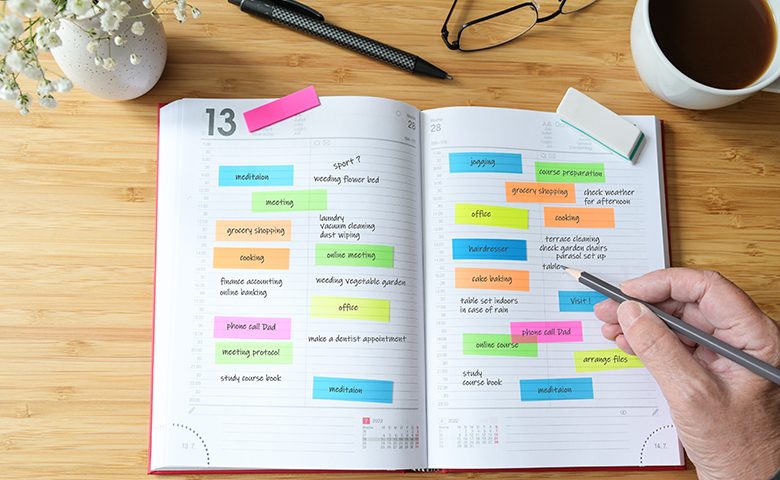This is an excerpt from our free guide on learning how to change or form new habits. The guide reviews a list of do’s and don’ts that will work in trying to create new habits.
There is a common misconception that it takes 21 days to form a new habit. This notion is believed to have come from a book by Maxwell Maltz called Psycho Cybernetics where he wrote about how it takes a minimum of 21 days to effect perceptible change in a mental image (like getting used to your face after plastic surgery). Somewhere along the line, 21 days became the magic number of days required to form a habit. Unfortunately, it’s not that easy. There’s no magic number—it’s not something you can plot in your calendar.
It’s important to realize that you need to identify things within yourself in order to form habits. It could take 21 days for some people while it could take hundreds of days for others. Researchers from University College London found that habits take a lot longer to form—dependent on the person and the habit, the average number they came up with was 66 days for a behavior to become automatic on a spectrum that ranged from 18 days to 254 days. It’s not always the number of days, rather, the cues and number of routine repetitions performed that form a habit. A habit that has a cue in the workplace would not take place on your days off—but this does not negate that habit of being strong while you’re at work.
If you want to create a new habit, in safety or otherwise, you first need to tie it to an existing cue. Duhigg uncovered that instead of focusing on the routine (the habit) to make a change, more attention should be put on the cues and rewards. By being aware of this habit loop, you can make conscious decisions to create new beneficial habits. Determining how the cue and reward influence the routine can help change the way you do things.
In his book, The Power of Habit: Why We Do What We Do in Life and Business, Charles Duhigg explains that habits are broken down into three components, known as the habit loop:
- Cue
- Routine
- Reward
The cue is the trigger (whether it’s a combination of sight, smell, sound, taste or touch) or reminder that sets up the habitual routine that follows. The rewards are increases/decreases in feelings, emotions or thoughts—whether they’re pleasant or unpleasant. The reward has to be powerful enough for your brain to remember that the habit loop is worth remembering for the future.
A common morning routine can illustrate how this loop works. The cue is the alarm clock and the routine is hitting the snooze button in an automatic motion that requires no thought. The reward is getting another nine minutes of sleep until the alarm goes off again.
The key to making habits stick is that you have to find what works for you. While it’s worthwhile to determine all the individual factors about yourself that will help you succeed, start with our list of Do’s and Don’ts that apply to everyone to ensure you succeed in creating your new habit.

